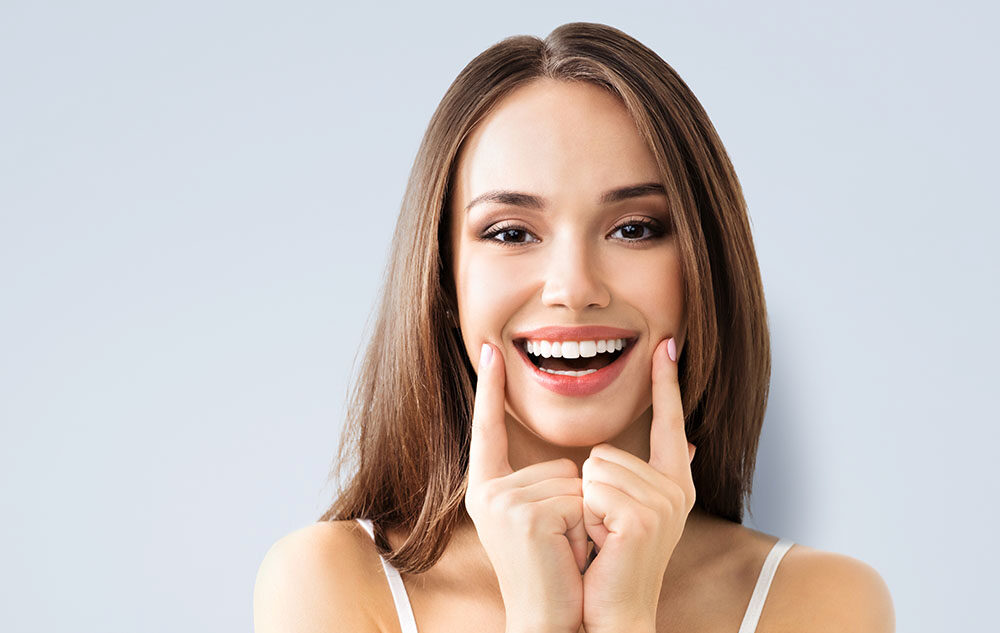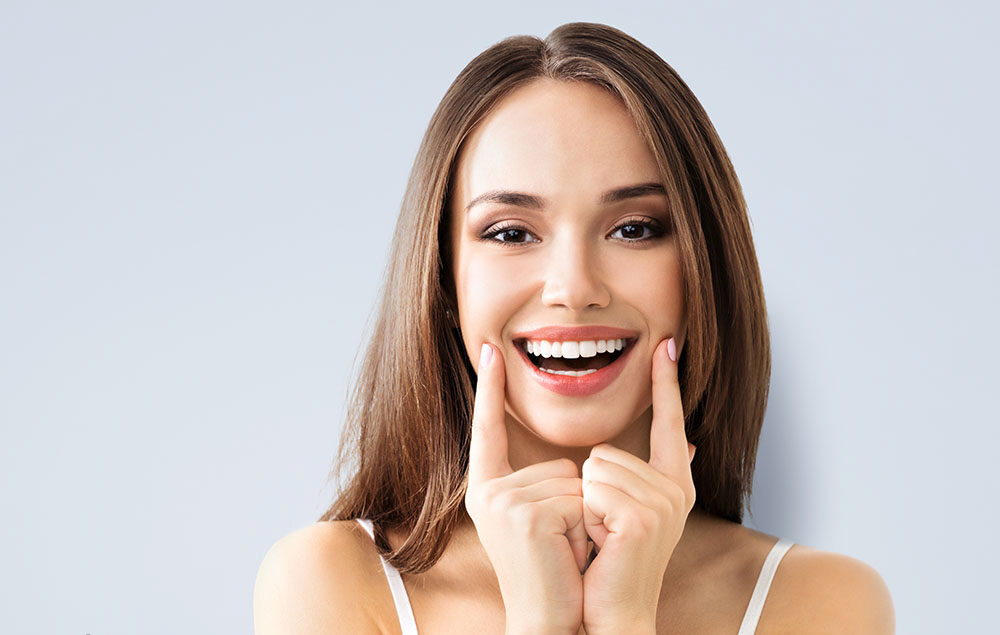Here are some question and answers regarding IPL Photofacials:
Q. When do you recommend IPL for your patients? For what skin conditions is it best? Are there better alternatives to IPL photo rejuvenation for sun damaged skin?
A. IPL reduces the irregular discoloration of the skin caused by sun damage. Chronic sun damage causes irregular brown and red discoloration of the skin. These ” sun spots” and “broken capillaries” are in the surface of the skin and make the skin look old. IPL reduces these discolorations and makes the skin tone more even and bright. It does this by heating up the structures that hold the color, damaging or destroying the blood vessel or the “sun spot.” The process is called Selective Photo – Thermo – Lysis.
IPL uses a range of wavelengths of light to target brown (and, to a lesser degree, red) discoloration. This discoloration occurs over time and after many years of sun exposure. Filters are used to cut off wavelengths of light that could be harmful (in darker skinned patients, filters decrease the risk of damaging the normal pigment in the skin). I recommend IPL for my fairer skinned patients who have brown discoloration, age spots, and freckles, particularly on the face and chest.
Intense Pulse Light can treat sun spots, small veins, rosacea, and other forms of skin discoloration. This machine uses light to target your pigment and blood within your skin while sparing the other structures of the skin for less down time. You usually need 3-4 treatments to be fully effective often times but because of the essentially no downtime, this form of treatment is very popular. Intense Pulse Light can also be used to reduce unwanted hair as well.
IPL (Intense Pulsed Light) is a light based device used to treat sun damage small veins and fine lines/texture. “Photofacial” is the term used for the treatment itself. A photofacial is the process of removing sun damage, fine lines and/or facial redness with the IPL.
IPL, or Photofacial, is an excellent way to safely and effectively treat sun damage, age and brown spots, freckles, rosacea, and wrinkles in one comprehensive treatment. Although you will notice an improvement with just one treatment, BodyLase recommends a minimum of three treatments for more significant results. Each Photo Laser Facial session lasts approximately 45 minutes.
Q. Is there an IPL Photofacial Side Effect of Hair Growth? I have very fine facial hair, like most women, but I’m worried that if I have a photo facial that the hair will be burned off during treatment and then grow back thicker.
A. The IPL fotofacial will “burn” your facial hair. In men this can be a problem but women generally don’t complain of this.
If your hair is fine and wispy, there will not be enough melanin in the hairs to attract the light of the IPL and lead to the hair’s destruction. However, if you have darker hairs, they may be eliminated. On this planet at least, females are all too happy to have this hair gone.
The business of hair growing back thicker is an old wives’ tale. Studies have pretty much conclusively shown that the hair does not grow back thicker. Also, some people with this problem who might shave were becoming more hairier anyway from hormonal problems or genetics. They begin to shave and it appears to them they are getting hairier, but in actuality they would have become hairier anyway.
This IPL does a great job in getting rid of blood vessels and pigmented spots, making the skin a more even texture so don’t let any concerns regarding hair burning up bother you.
IPL is actually an effective method to permanently REDUCE facial hair. Of course, fine vellus, fuzz-like hairs don’t respond well to any light based therapy, but it absolutely will not worsen it. IPl will, however, improve dark spots, redness, telangiectasia, and skin texture.
The hairs that actually singe, and the follicles that are affected, will result in some hair loss, be it mild or patchy. The hair will not grow back thicker in these areas, and may even grow back less and thinner!
Q. Recurring Brown Spots After Photofacial Treatments: First, all the brown spots were gone, nice and clean. Then, 3 weeks later, the brown spots came back, so I went and have it done again last week. My face is nice and clean, but the brown spots keep coming back, and becomes darker and larger. Why does it keep coming back despite these treatments? What can I do about it?
A. Brown spots are always likely to recur because the cells in that area are “permanently” damaged and will always have the tendency to turn the skin brown in those spots. Once you have had a successful session of IPL, continue to maintain a diligent, major routine of sun protection ALL THE TIME so that the spots will recur more slowly or not at all. Make sure your treatments are optimal for your skin type and as powerful as you can safely tolerate with no side effects, so that you get the most out of it, but remember the machine is only getting you started. It is your job to maintain the improvement.
Darker pigmented individuals have a higher tendency to repigment. With this in mind, suppressing the pigment cells both before and after treatment with a bleaching agent like hydroquinone is also prudent.
Q. How Long Between Photo Facial Treatments? What is the typical amount of time?
A. Intense Pulse Light (IPL) treatments are effective for pigmentation and telangiectasias or broken capillaries. If your IPL laser also uses radiofrequency, then you may notice some smoothing of the skin as well. If you are lighter skinned and not tanning, you can generally have a treatment every 3-4 weeks.
It is most common to perform IPL treatments for sun damage. When treating sun damage, the IPL or laser treatment heats up and destroys skin cells that contain the pigment being targeted. Once these skin cells have been destroyed, they rise to the surface of the skin and flake off. The process of these skin cells coming to the surface can take several weeks and you want to wait until this process is complete before having another treatment. This is the reason for a 4 week interval between IPL or laser treatments.
Interestingly, IPL photo facial patients also have some decreased facial wrinkling and a smoother, finer texture of the skin after their photo facial treatments. That is a very nice added benefit from the deeply penetrating IPL light stimulating collagen synthesis in the dermis.
The best way to maintain your photo facial results is to use a good broad spectrum sunscreen daily and to avoid sun exposure during the peak hours between 10 am and 4 pm. Also remember that sun exposure also happens while you are driving in your car. Ultraviolet A light easily gets through car windows and, although it does not cause sunburns, it is just as powerful in sun damage and carcinogenesis.
If you have more questions regarding this procedure, contact one of our experts at BodyLase®.
Get Freckle-Free, Get BodyLase®


